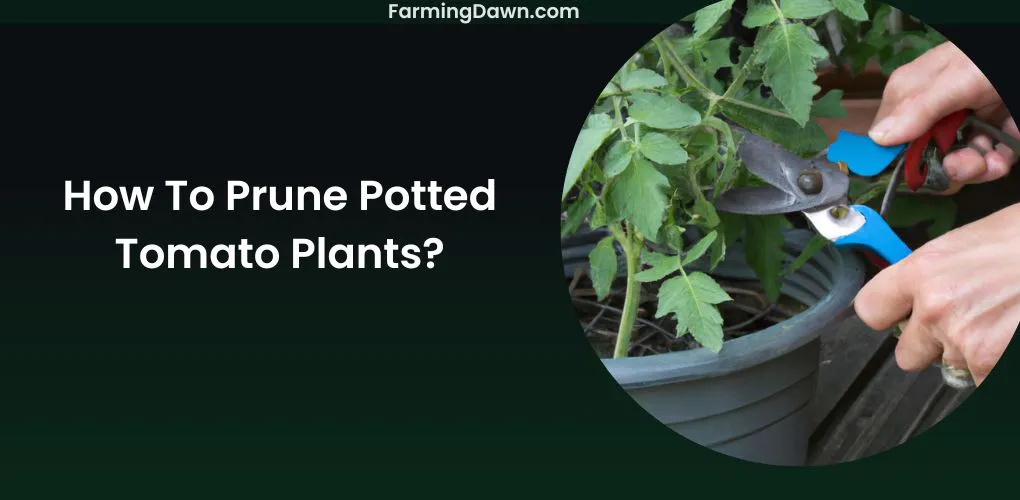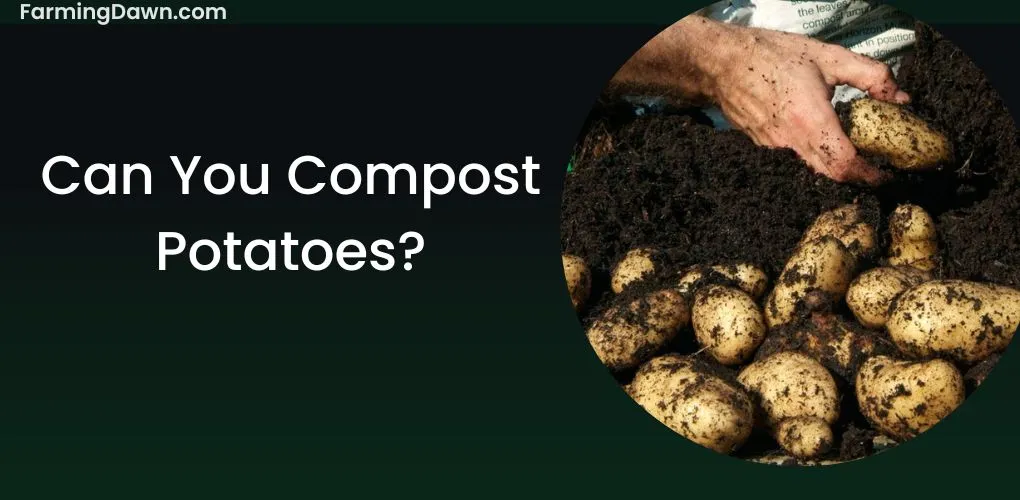Growing tomato plants can be an incredibly rewarding experience. When done correctly, the results are delicious and satisfying. Pruning is one of the most important steps in taking care of your tomato plant, so if you want to reap the best rewards from your hard work, it’s essential to understand how to prune correctly.
In this article, we’ll discuss how to prune a potted tomato plant, why pruning is beneficial for your plants as well as when and how to do it for optimal growth. We’ll also offer some tips on aftercare and maintenance so that you can ensure a bountiful harvest year after year.
Understanding the Benefits of Pruning
You’ll be amazed at the benefits of giving your pot a little TLC–it’s not just about making it look nice! Pruning your tomato plant is an essential part of encouraging healthy growth and overall well-being.
A well-pruned plant will show improvements in terms of bigger, healthier tomatoes as well as increased air circulation within the foliage. This helps prevent diseases like blight which can damage or even kill your beloved tomato plant if left untreated. Not only that but pruning also helps to keep your potted tomato tidy and attractive, allowing you to enjoy its beauty for longer.
Pruning is not only beneficial for the health of your potted tomato, but it can also provide peace of mind knowing that you have taken steps towards creating an organic, sustainable, and holistic environment for yourself and your plants to thrive in.
Taking care of something living can give us a sense of purpose and belonging that we all crave at some level. Pruning is an easy way to start building this connection with nature while simultaneously promoting the health and longevity of our beloved potted tomatoes!
The Right Time to Prune Potted Tomato Plants
As summer approaches, it’s time to decide when to give your pot a trim. As with most organic, sustainable gardening practices, the timing of pruning is key. For tomatoes grown in pots, late spring is the optimal time to start pruning. This will ensure that the plant has enough time to generate new foliage and fruit before cooler temperatures arrive in autumn.
Preparing to Prune
Ready to give your container creation the snip? Don’t worry, it’s not as scary as it sounds – let’s get snippin’! Before you take a blade or pair of scissors to your potted tomato plant, it is important to do some preparation.
The tools you will need for pruning include:
- Pruning shears/scissors.
Make sure that you have the right tools for pruning. A sharp pair of scissors or pruning shears will be best for this job, as they provide precise and clean cuts.
- Gardening gloves.
You may also want to don a pair of gardening gloves to protect your hands from any thorns or prickly stems.
Next, familiarize yourself with the structure of your plant so that you know what needs trimming and where. Identify spindly branches that are not producing fruit and leaves that are too crowded or in an awkward position; these are all good candidates for pruning.
Lastly, if possible try to avoid cutting into woody stems as much as possible; instead, aim for leafy green shoots when making cuts.
How To Prune Potted Tomato Plants?
Now it’s time to snip away – the pruning process is here! Pruning a potted tomato plant can be an exciting and rewarding experience. It’s important to take the time to do it right so that your plant will produce healthy fruit.
1) Start by removing any dead or damaged stems, as well as any leaves that are discolored or stunted.
2) Then, look for the main stem and cut off any side shoots that are growing from it.
3) Cut them back to two sets of leaves above where they sprout from the main stem. This will encourage more growth in the remaining branches and allow more light to reach all parts of the plant.
4) And finally, trim back any weak stems or branches that aren’t producing flowers or fruits.

Aftercare Tips and Maintenance
To keep your potted plant healthy and growing strong, it’s important to provide the right aftercare and maintenance. As soon as you have pruned the tomato plant, make sure to water it regularly in order to promote growth from the remaining stems.
To ensure that your soil is not depleted of nutrients, feed it with an organic fertilizer every two weeks or so. Natural sunlight is also essential for any potted plants; aim to put your tomato plant outside, or close to a window where it can get at least four hours of direct light each day.
Good air circulation is key for maintaining the health of any potted plant; if possible, try rotating the pot by a quarter turn every few days to ensure even sun exposure on all sides.
Finally, remember that pruning stimulates growth – watch out for new shoots appearing from the same stem and continue regular trimming if necessary. With these simple tips and tricks, you can keep your tomato plant thriving!
Frequently Asked Questions Related To Pruning Potted Tomato Plants
How often should I prune my potted tomato plants?
Every two to three weeks during the growing season, prune your potted tomato plants to eliminate suckers and keep the plant healthy and under control.
Should I prune my potted tomato plants during their dormant period?
No, pruning tomato plants in pots when they are dormant is not essential. To promote healthy development and fruit output, pruning is usually done during the active growing season.
Can I prune the lower branches of my potted tomato plants?
You may indeed trim the bottom branches of your tomato plants in pots. Lower branches can be cut off to increase ventilation, decrease disease risk, and focus the plant’s energy on higher growth and fruit development.
How To Prune A Potted Tomato Plant? Takeaway
Pruning my tomato plant was a rewarding experience. It felt like I was giving it a fresh start, and now I get to watch it thrive! From the process of cutting off unnecessary branches to properly caring for the plant afterward, pruning is an essential part of keeping potted tomatoes healthy.
Symbolically, pruning can also be seen as a metaphor for growth in our own lives – getting rid of what’s not serving us and cultivating something new. In this way, taking care of my tomato plant has been an organic, sustainable, holistic reminder to take care of myself too.






